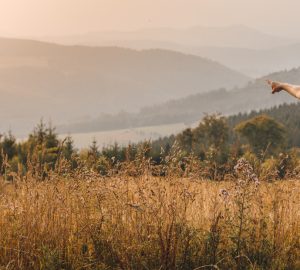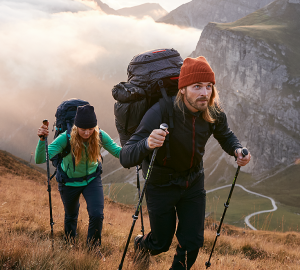Fancy something more exotic? Iran is not one of a common destination among travelers – which simply isn’t just. Next to marvelous desert expeditions the Middle Eastern country offers dozens of mountains and valleys to outdoor lovers waiting for discovery – hiking in Alamut Valley is no exception.
In Iran’s dreary north-western area, the legendary Assassins have their origin. There they started to terrorize whole Anatolia and Europe at the beginning of the second millennium. On the valley’s summits history and archology fanatics are able explore about 50 castle ruins.
The Alamut Fortress (which gave name to the valley) is the best conserved of all the ruins and soars above the valley. It is situated on a rock at a height of about 2,100 meters surrounded by steep walls. Standing on top of the fortress makes you realize why that many monarchs of old preferred to build their strongholds on such peaks. It’s not only almost impossible to impregnate such a fortress but also the view makes you believe you’re the lord of the world.

At Tatonka you will find perfect companions for your next tour. No matter whether for day or multi-day hikes.
Next to its renowned fortress Alamut Valley offers above all one thing: wild, unspoiled nature. There’s only ONE signposted trail – to the fortress, of course – but there’s no fixed vie ferrate or hosted lodges at all. Other hikers are one thing for sure: very rare!
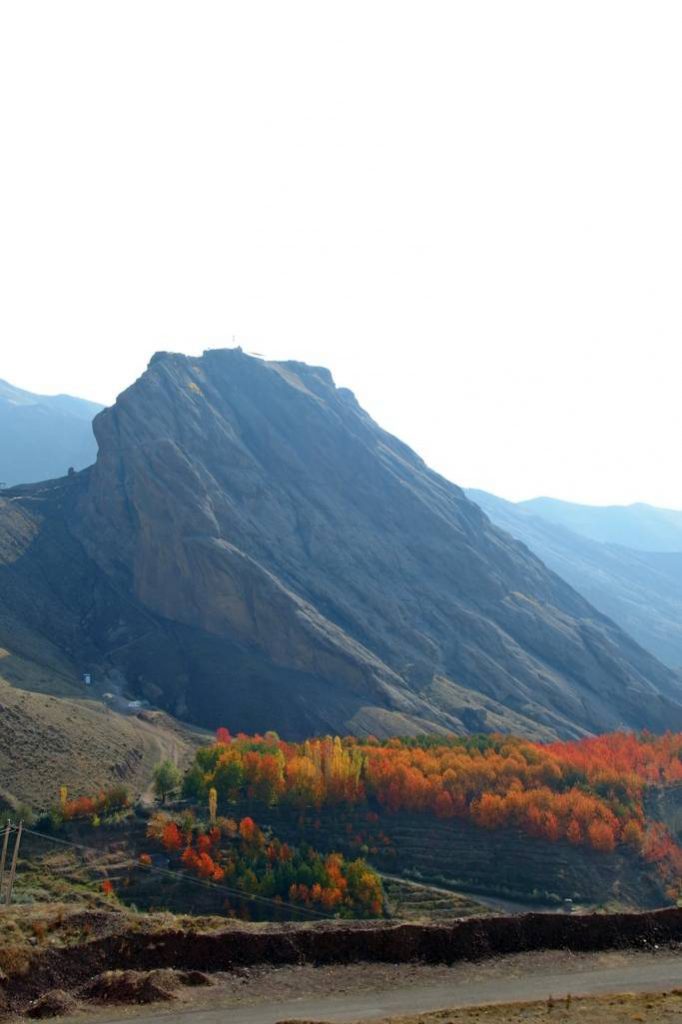
Interesting too: Backpacker or flashpacker? 5 characteristics to check what kind of traveler you are
If you feel like exploring one of the valleys simply go for it! Walking cross-country appears like the fastest solution? There are no pasture fences or gates obstructing your way. You prefer hiking above the snow line? Well, that’s possible too. Anyway, such freedoms have their downsides as well for there’s no mountain rescue equipped with helicopters. The next hospital is in Qazvin – the medical facilities most probably don’t equal what you’re used in your home country.
When is the best time to visit Alamut Valley?
Since Alamut Valley is at a higher altitude than other Iranian areas it’s quite cozy there in summer. But the best time visiting is early fall when the leaves are changing into all different colors crating a lovely contrast to the barren and rugged rocks.
However, there’s snow early in time and several villages are cut off for weeks and months. You better check the weather forecast thoroughly – before visiting Alamut Valley.
How to get to Alamut Valley?
Alamut Valley is situated to the North of Qazvin village but there are no bus or train connections operating on a regular basis. There’s just one street leading to the valley and the only opportunity to get there is by Savari (a shared taxi) or by hiring a taxi yourself. If you’re lucky you meet someone having family in the valley who could pick you up – since you’re in Iran that’s not that unusual.
Though the distance is quite moderate (from Qazvin it’s 100 km to Alamut Fortress) the transfer takes the whole day. Your driver will race the car through winding roads up the mountain and down again. And when I say racing I mean it: modest driving is not very common among Iranians. If you’re easily overcome by nausea you should take some medicine against travel-sickness beforehand to survive the ride. As soon as you’re there, in Gazor Khan for example, which is at the very foot of Alamut Fortress, you’re rewarded with a stunning view.
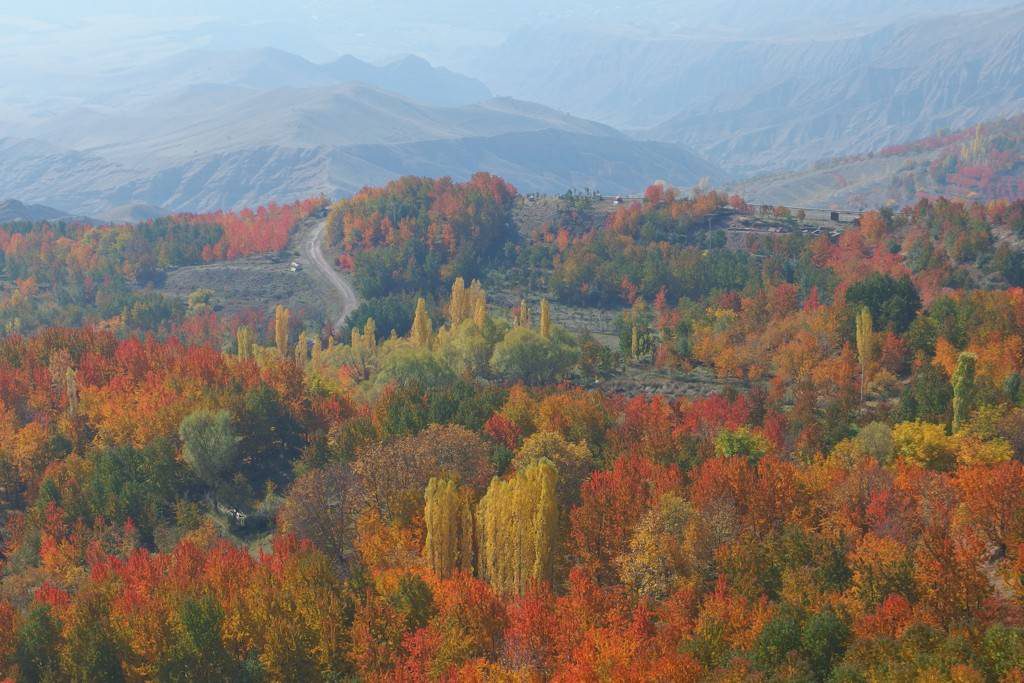
Good to know: The packing list for your world trip – this is what you really need as a backpacker
Where to sleep in Gazor Khan?
Gazor Khan isn’t particularly beautiful. It’s simply an accumulation of huts which the locals are happy to rent. Shortly after you leave the taxi some of them most definitely will offer you a place for the night. As a matter of fact, some of those places really made it into Iran’s more relevant guidebooks. Anyway, what you should do – what you should always do in Iran – is: do always bargain with the locals over the shelter’s price. The villagers sometimes demand a horrific sum of money for a chilly room next door – if European travelers simply pay what they’re ask for the price for both national and international visitors will subsequently increase.
And don’t expect any comfort. The next shower waits back in Qazvin. The people there usually heat with diesel or – more traditionally – with coal fueled stoves standing in the middle of the room covered with several blankets. The advantage is: the warmth is maintained under the blanket and you can enjoy a cozy night.
Which are the most beautiful trails?
You better ask the locals! Though, most of them don’t speak any English you can use some Farsi you picked up or non-verbal communication (or a dictionary to point at) to convey what to know.
The trail to Alamut Fortress is the most common – but it’s not an all-day activity. After 25 minutes of arduous stair climbing you’re on top of the rock and free to enjoy the incomparable view. Afterwards you either go down again and choose a trail leading into the backcountry or you take a cap to Lamiasar Castle in Razmiyan. The canyon to the south of Gazor Khan, which is crossed by a wild river, is worth visiting as well.
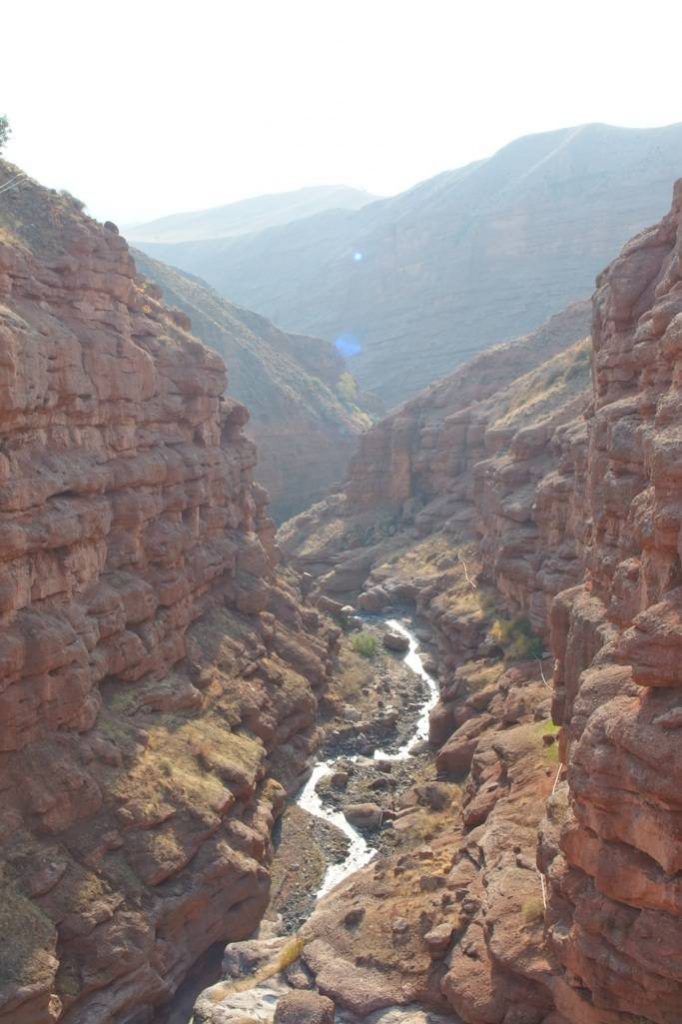
Reading tip: 7 Reasons why you should go on an adventure trip
But, by now, you might have realized that hiking in Alamut Valley is not about following trails or tours. It’s the unspoiled and spectacular nature you’re after. Bring a compass and some food and simply start walking. You will feel the wonderful sensation of being in one of the last untouched places in the word.





